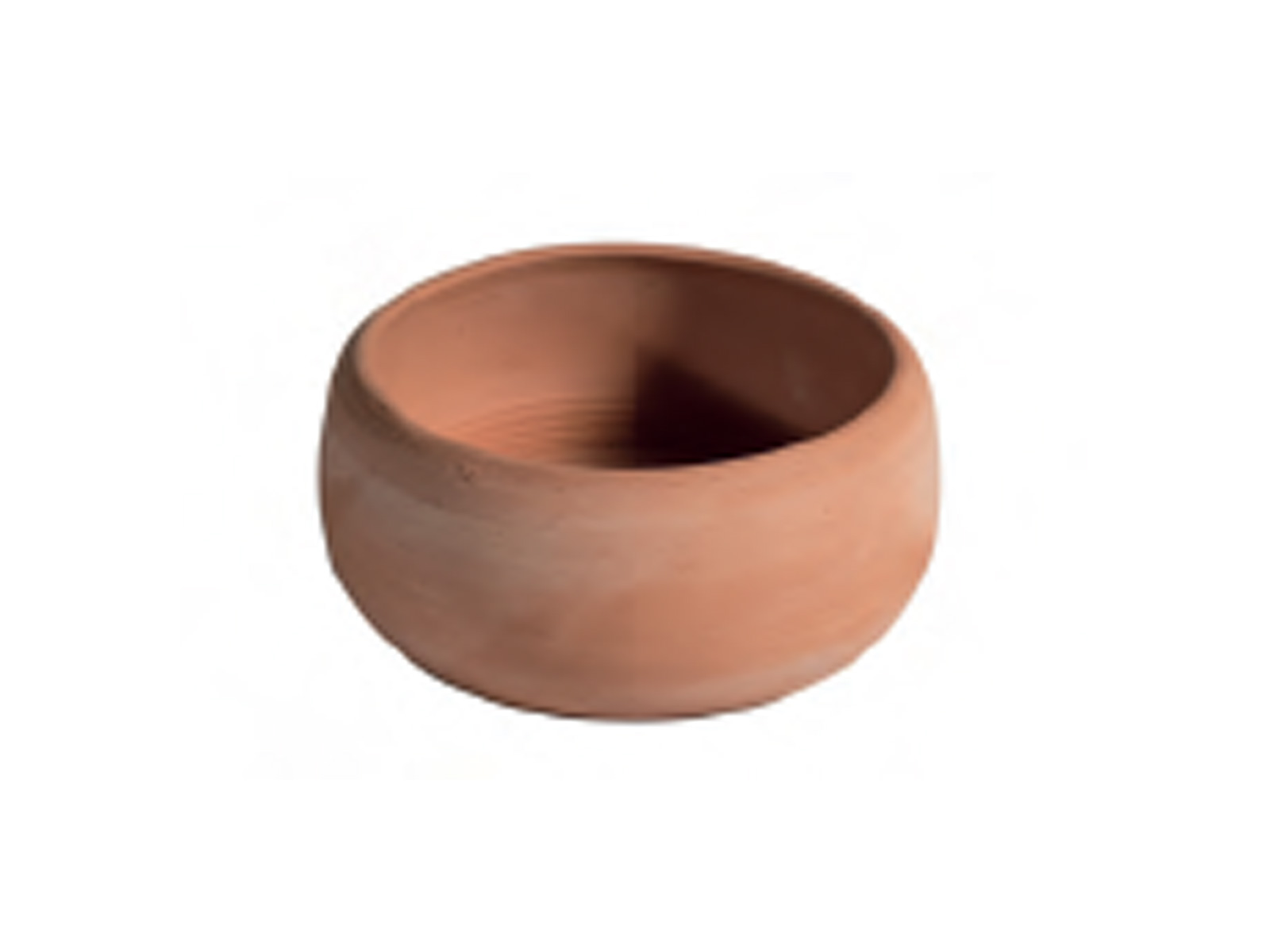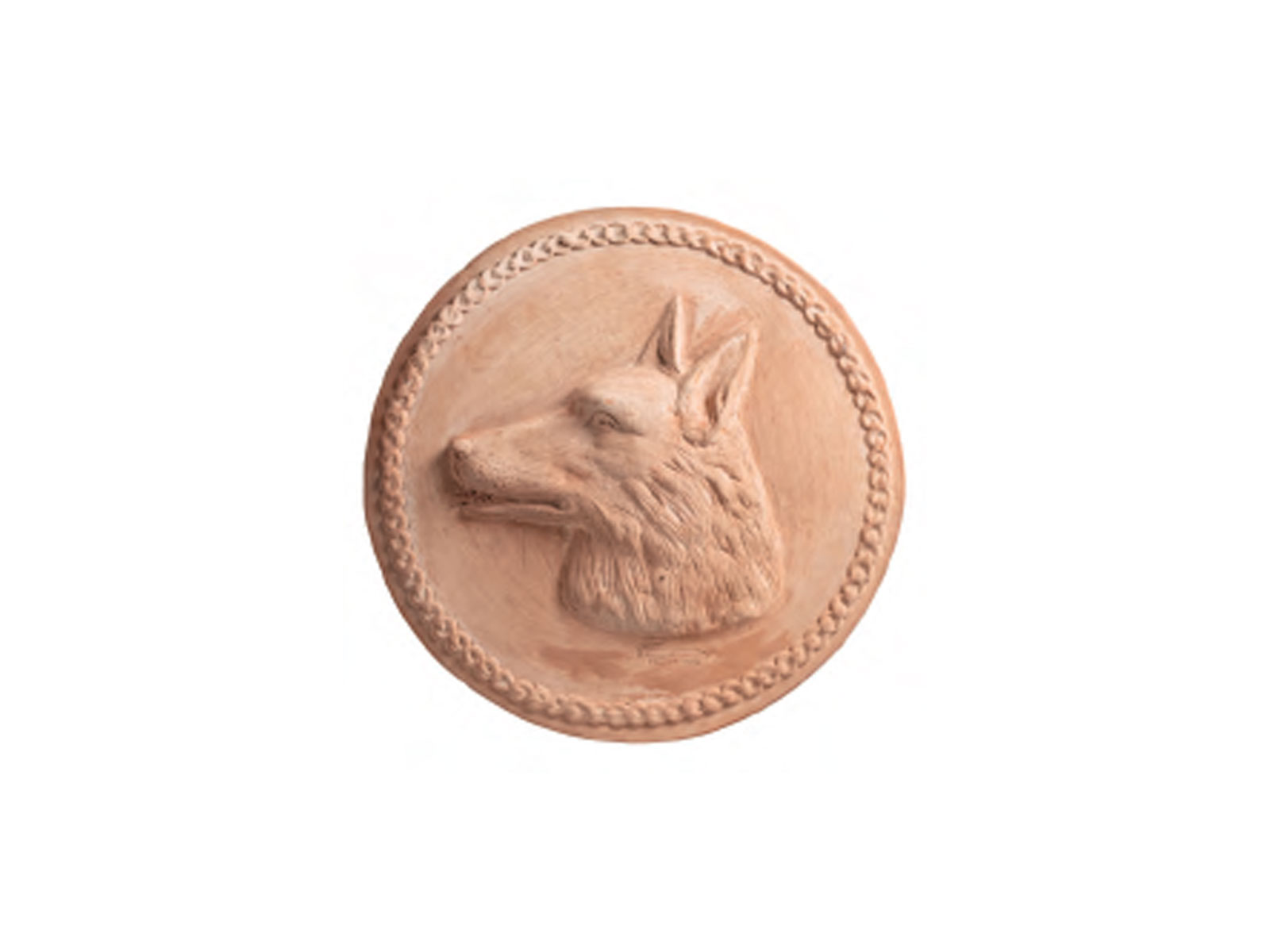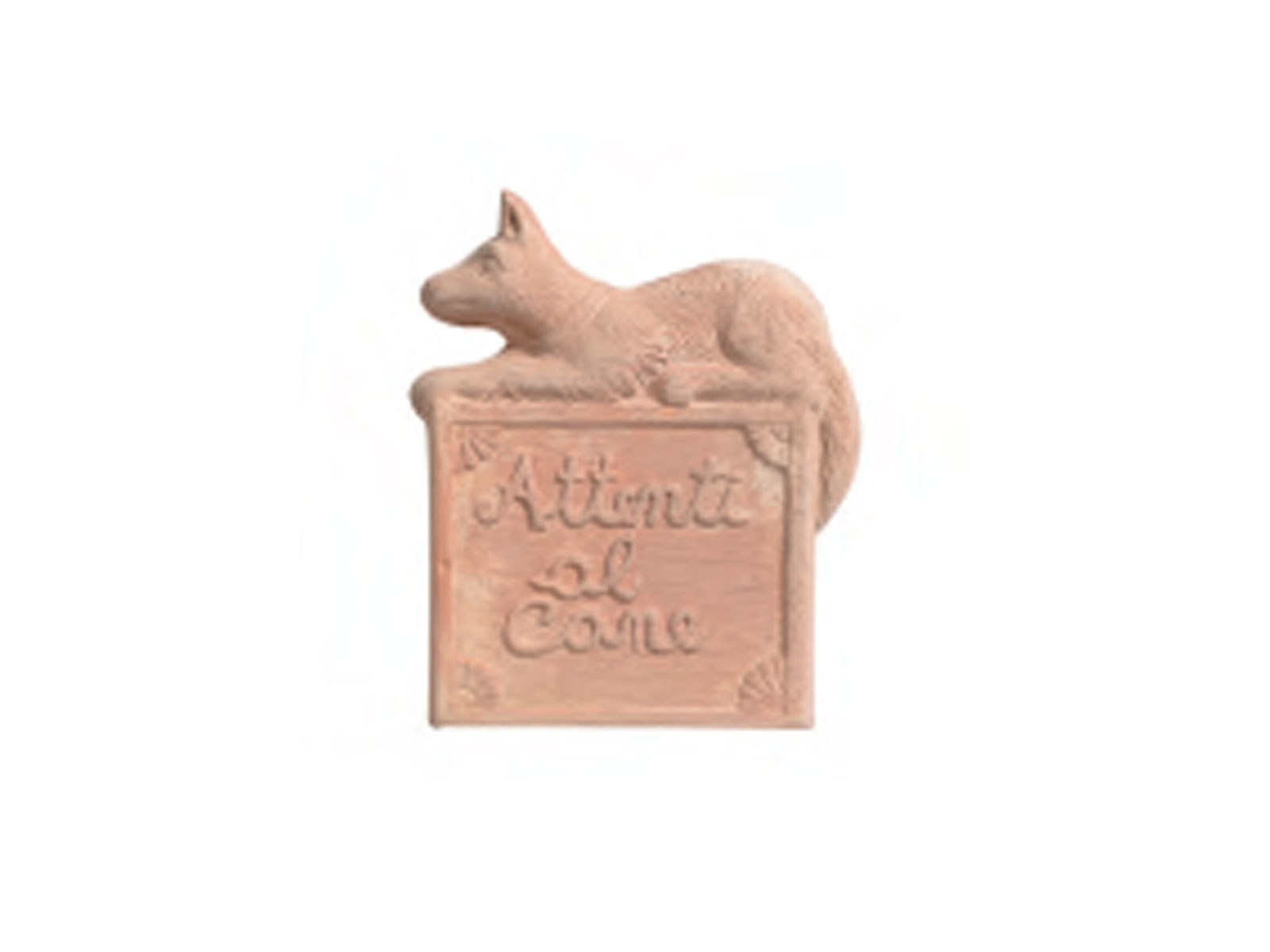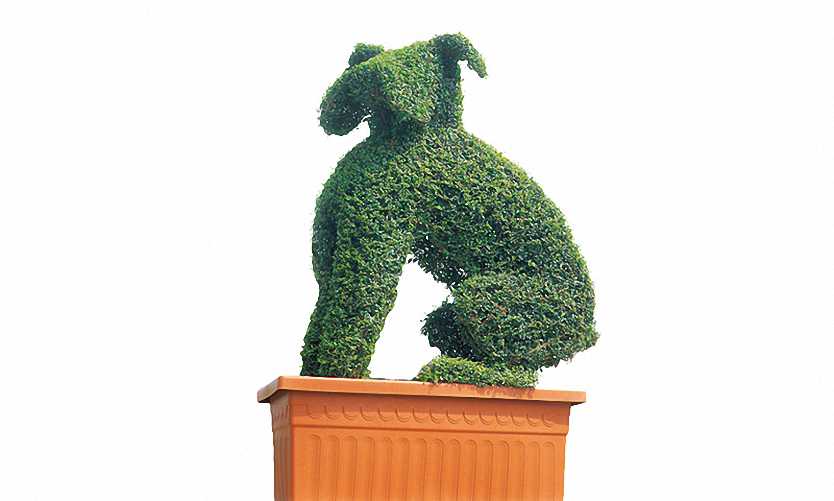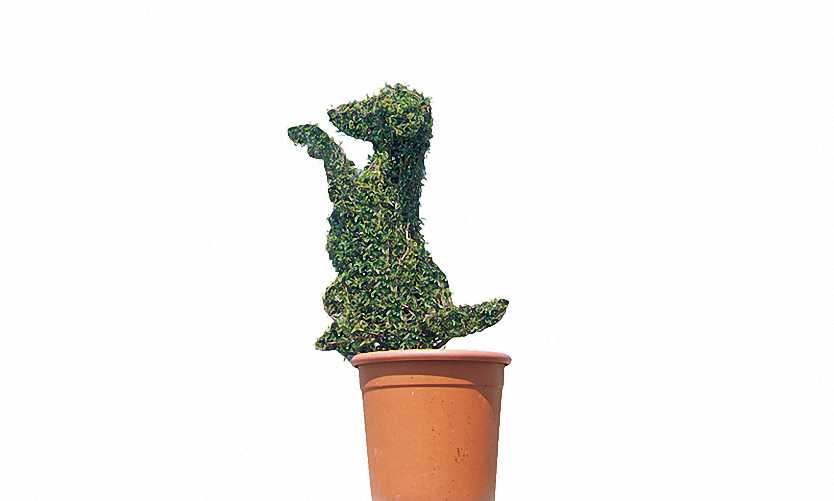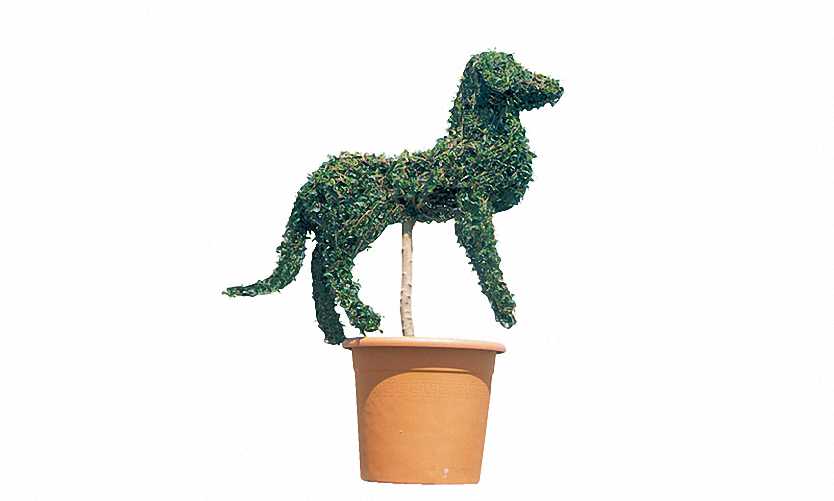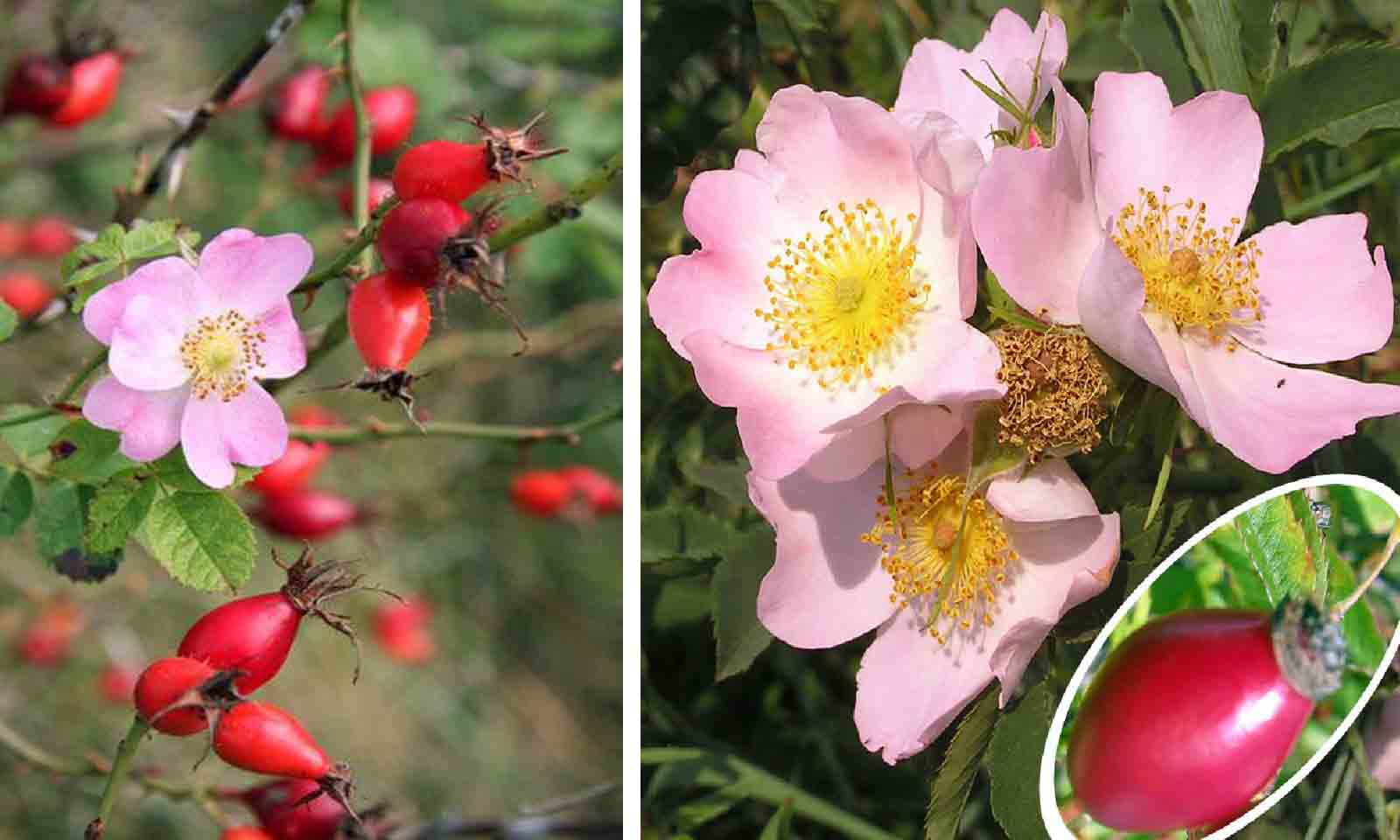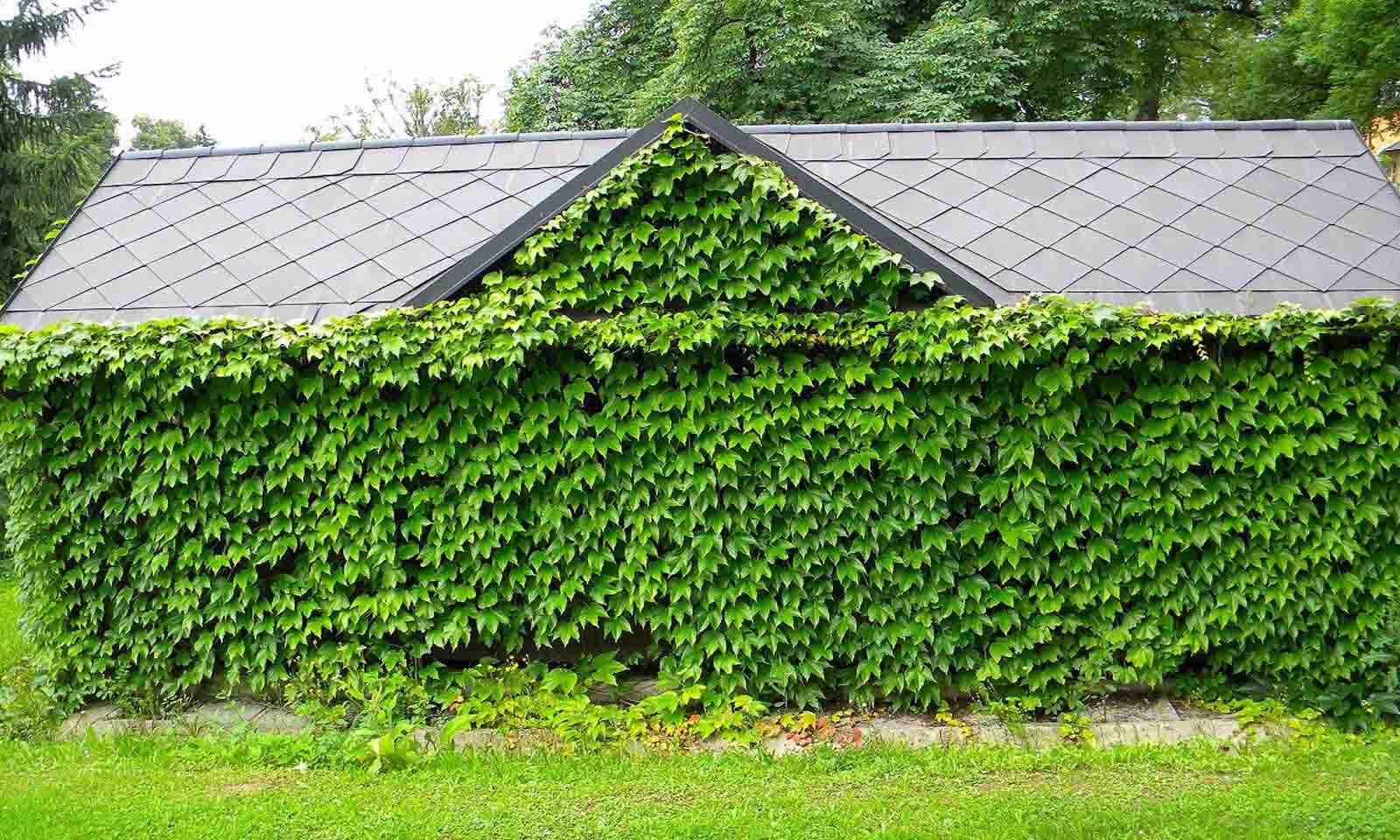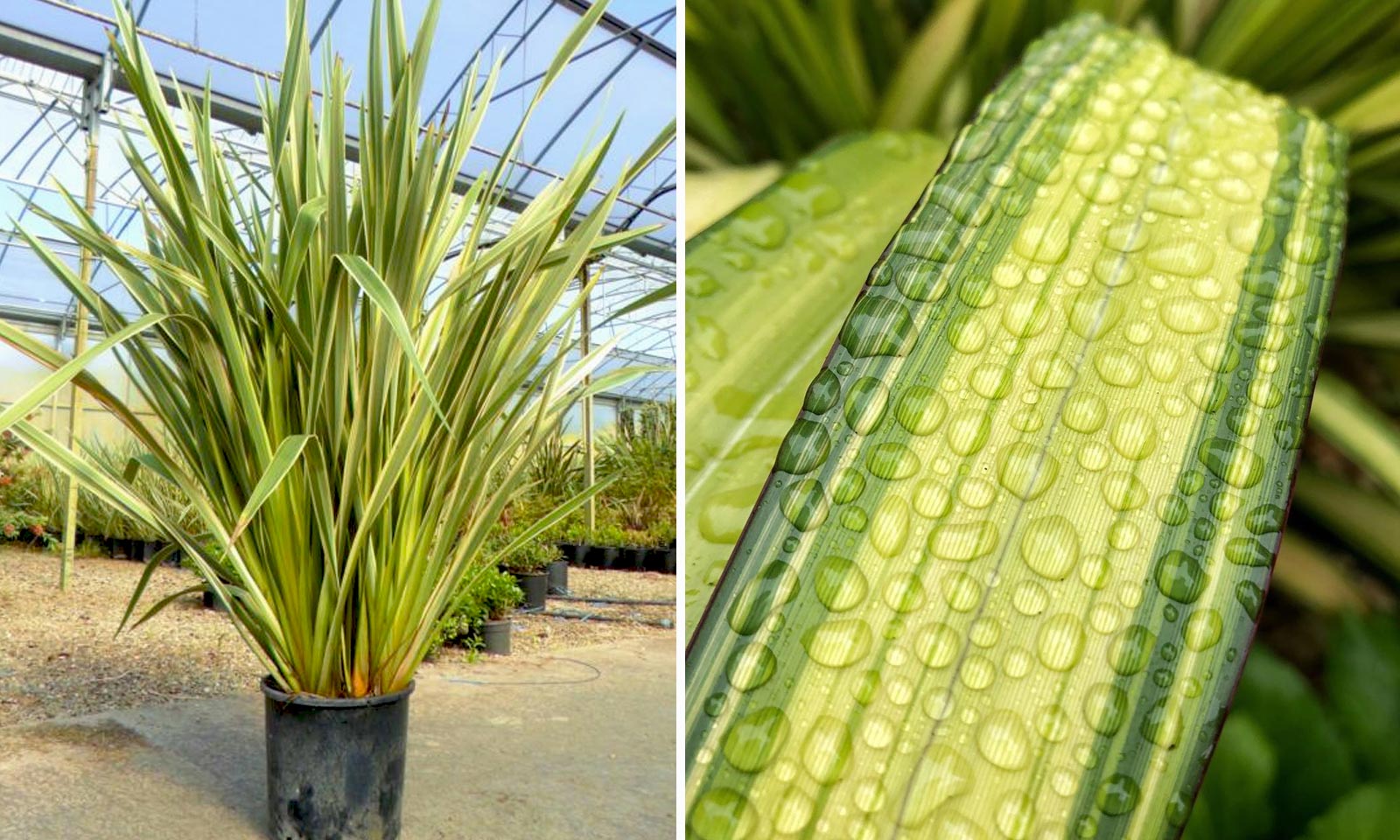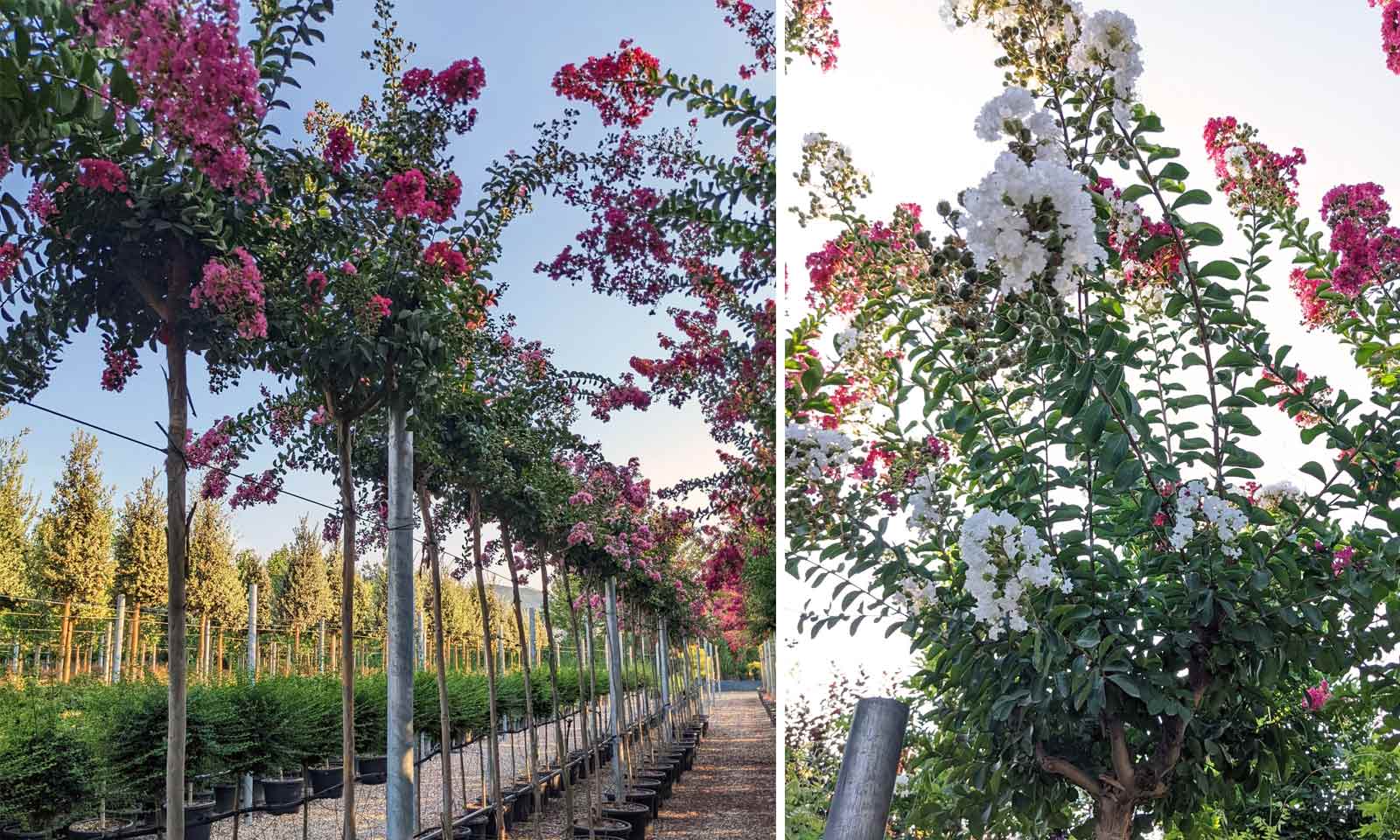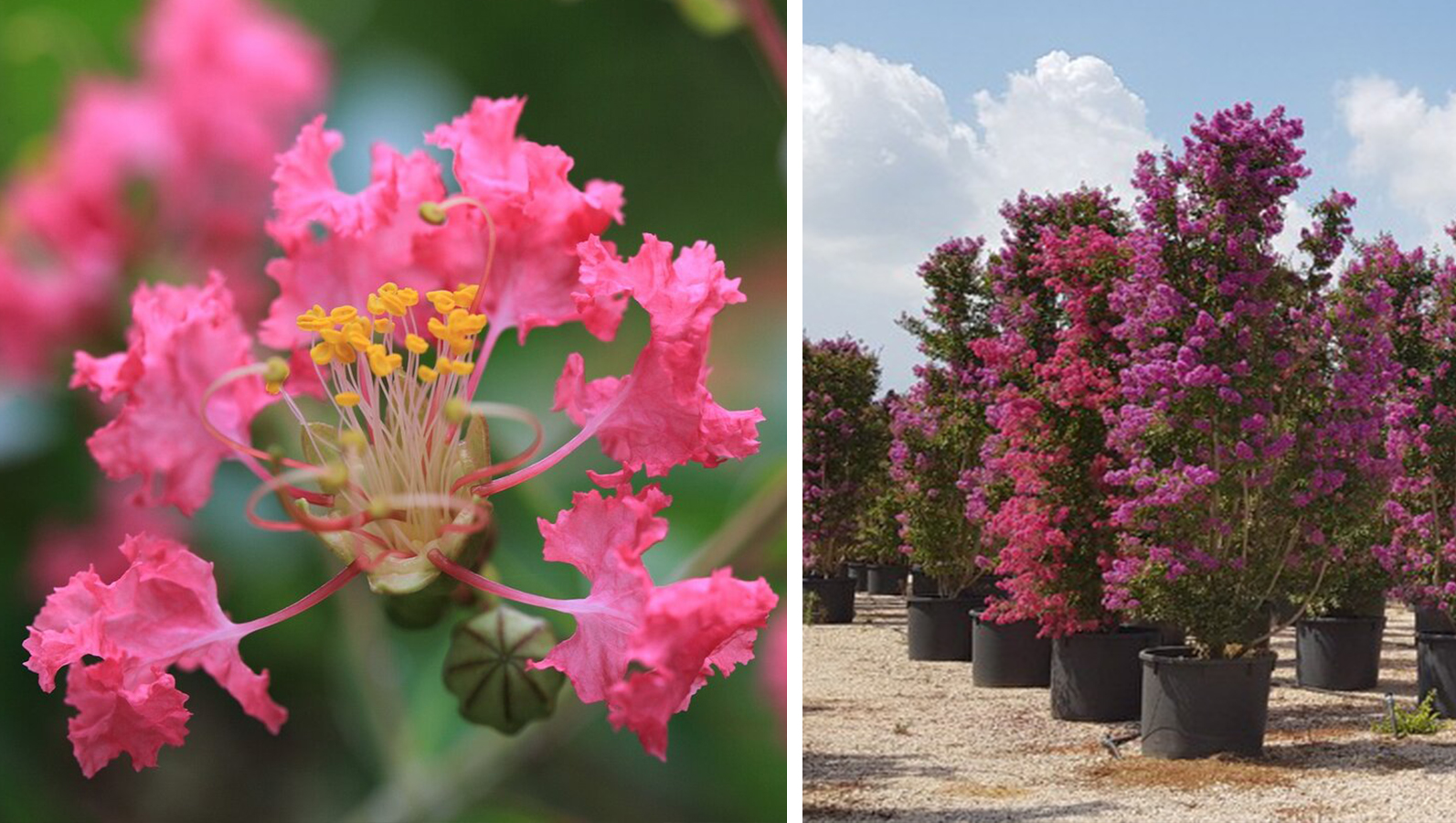Pink Roses (Canina Rose) – Shrub - 3 Litres
A rose bush with pale pink flowers, yellow pollen-producing stamen and bright red fruit berries.
The Dog Rose is much prettier than its name implies, it’s delicate blooms have the appearance of strawberry ice-cream – white in the centre, blending into a pale pink at the edges. Its flowers blossom in early summer, the red berries appear in the autumn. Sold as a potted shrub, the Dog Rose is an ideal choice for planting in containers, or for combining with other roses to create borders of various colours.
Roses are grown for their breathtaking beauty. It is genuinely poetic and artistic to watch a rosebud slowly open and bloom in your own garden. And with blooms that come in every colour of the rainbow, you’re certain to find a rose that matches your garden’s style and palette. Second only to their beauty is their scent, which varies from plant to plant, but can bring a new level of sensory interest to you garden.
Latin Name: Rosa Canina
English Name: Dog Rose, Bird Briar, Briar Rose, Buckieberries, Cankerberry, Canker Flower
Species: Rosaceae
Genus: Rosa
Foliage Type: Deciduous.
Foliage: Green.
Flower: Pink and White petals. Red hip fruits.
Flowering Period: Summer to Autumn.
Suggested Location: Outdoor.
Suggested Soil Type: Well-Drained. Loam. Chalk. Sand. Clay.
Suggested Exposure to Sunlight: Full Sunlight.
Suggested Exposure to Weather: Exposed or Sheltered.
Hardiness Rating: High (H7)
Lowest Temperature Tolerance: -40 °C to -35 °C (-40 °F to -30 °F)
Suggested Uses: Containers. Pathway Borders. Cut Flowers. Courtyard and Cottage styles.
Maintenance: Apply fertiliser and mulch in winter. Prune off the previous year’s growth in late autumn.
Growth Habit: Bushy/Shrub.
Growth Speed: Medium (20cm to 40cm per year)
Final Height: 2 m (6.6 ft)
Final Sideways Spread: 2 m (6.6 ft)
Pot Included: 10 Litre Plastic Pot
Height including Pot: 73cm (2.4 ft)
Delivery Cost: This is calculated based on the total size, weight and quantity of your order, as well as the location of your delivery address. You will see the final price at the Online Checkout Page (before making payment). Our website will automatically calculate the lowest possible delivery price and apply discounts to orders of certain products – giving you the best value delivery every time!
Please note that high-volume orders will decrease your delivery costs significantly by spreading the price across multiple items. Visit our Delivery Policy page for more information.
